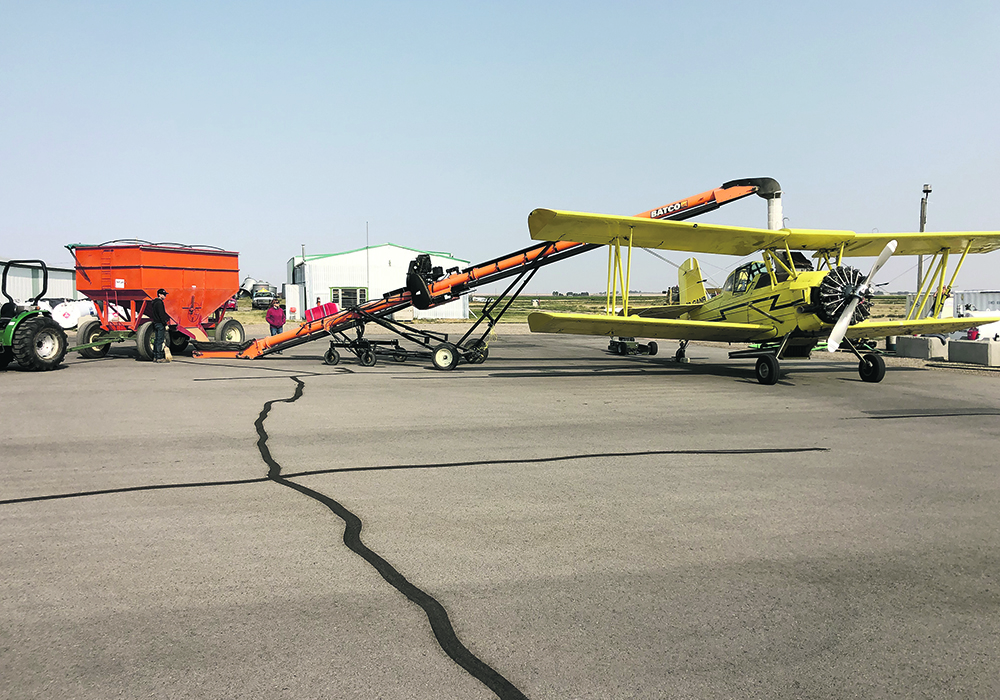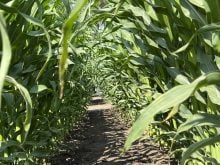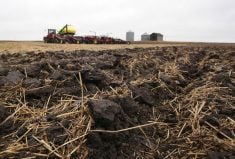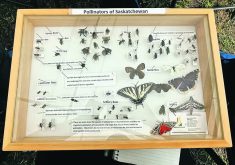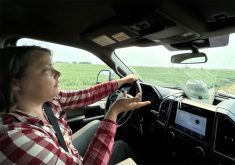Alberta producers seed their cover crops from an airplane in the fall in an effort to give them a jump on winter wind
Standing in the middle of his field is not something Will Van Roessel would usually recommend when the bright yellow spray plane comes roaring overhead, but this one isn’t spraying; it’s seeding fall rye into his bean crop before it is harvested.
When he turns his smartphone camera from the sky to the ground, sure enough, there are rye kernels scattered among the crop.
Van Roessel, who farms near Bow Island, Alta., is hoping that by getting the seed on the ground early, in this case on Sept. 14, it can germinate and grow a bit before winter. Beans leave virtually no crop residue, so anything that can protect the bare soil from the wind might help reduce severe erosion in the winter.
“Sometimes the bean harvest is too late to get a crop established so this is kind of one way to try to get something growing maybe a bit earlier and provide a little bit more protection,” he said.
It’s something new from something old, said Nathan Hofmann, who owns and operates Top Crop Applicators with his wife, Carla.
“When we started our business, we basically purchased an old aircraft in a hangar,” he said. “The spreader — we call it a spreader in the industry — it was there and in good shape and I’ve been walking by it for well, about 10 years and I guess I got sick of walking by it.”
Hofmann uses Grumman Ag Cat biplanes, which he said are a bit slower, but they can manage the tight turns necessary to efficiently cover the somewhat smaller irrigated fields that make up most of his business. They can also more easily navigate over wires and pivots.
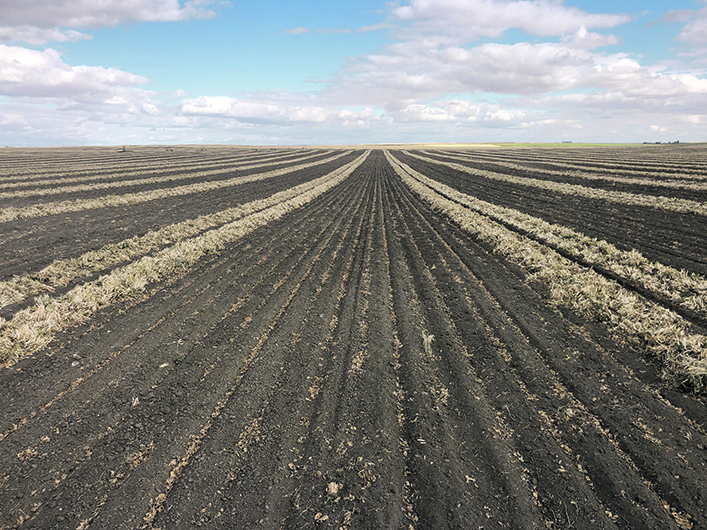
As it turned out, the spreader fit so well he thinks it must have been mounted on the plane before. There was just one problem: they didn’t quite know how to use it. Working together, he and Carla ran different seeds through the spreader to determine flow rates to get even coverage over a field.
“Basically, it was a big science fair project,” he said. “We had to make our own rate tables so that when I was out in the field, I’d have a fighting chance to know in what position to put my gate settings.”
Aerial seeding is not new — Hofmann said it’s used a lot in the United States where farmers use it pre-harvest to get cover crops established. Much of the rice crop is also laid down this way as pre-germinated seed into perfectly flat, flooded fields.
In some wetter parts of the Canadian Prairies, aerial seeding is sometimes used to get canola onto fields that can’t be accessed with ground equipment. But Hofmann was unsure of its application in semi-arid southern Alberta and the project might have never made it out of the hangar except for his customers.
“I think it was mostly a professional challenge and then I made the mistake of opening my mouth,” he said. “I’m kind of an undersell, over-deliver kind of philosophy but there were so many of my existing customers that were really excited about the idea and it just went from there.”
For Van Roessel, the plan was to get the seed on the ground and then harvest the beans, an activity that would incorporate it into the soil. Then he could wait for a timely rain or run the irrigation to get the cover crop started.
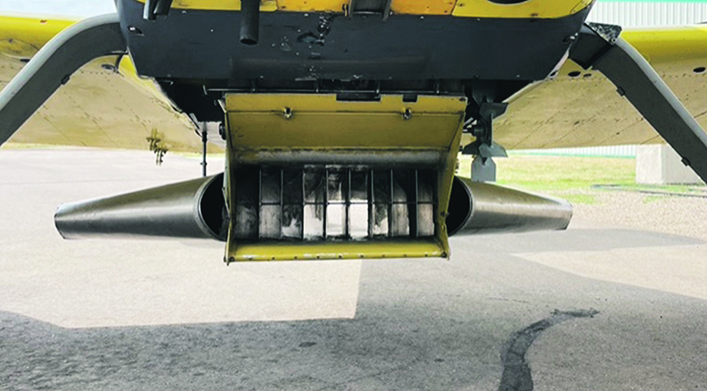
He sees possible opportunities for non-irrigated dryland areas as well. If there are decent rains in July, a cereal aerial-seeded into lentils might be feasible as an example of relay cropping. A caveat is that a wet harvest season could cause too much growth and interfere with harvest.
“Anybody with livestock and is looking at grazing some annual crops or fall crops, something like this might have some good potential,” Van Roessel said.
Hofmann said this season is a bit of an experiment before he decides whether to add seeding to his suite of services. He credits five local farmers in particular: Van Roessel, Steve Wikkerink, Jared Wever, Emily Ford and Ron Wikkerink, for stepping up.
“These folks have been as excited as us about cover cropping,” he said. “They have been very willing to lend ground equipment and manpower and encouragement along the way.”
They’ve also been texting Hofmann pictures of germination progress and he said one is “doing it more on a scientific basis,” working with an agronomist to gather data.
“They’ll be giving me feedback as the season progresses how germination went and basically giving me feedback on whether it’s an agronomy practice that they’re going to want,” he said.



